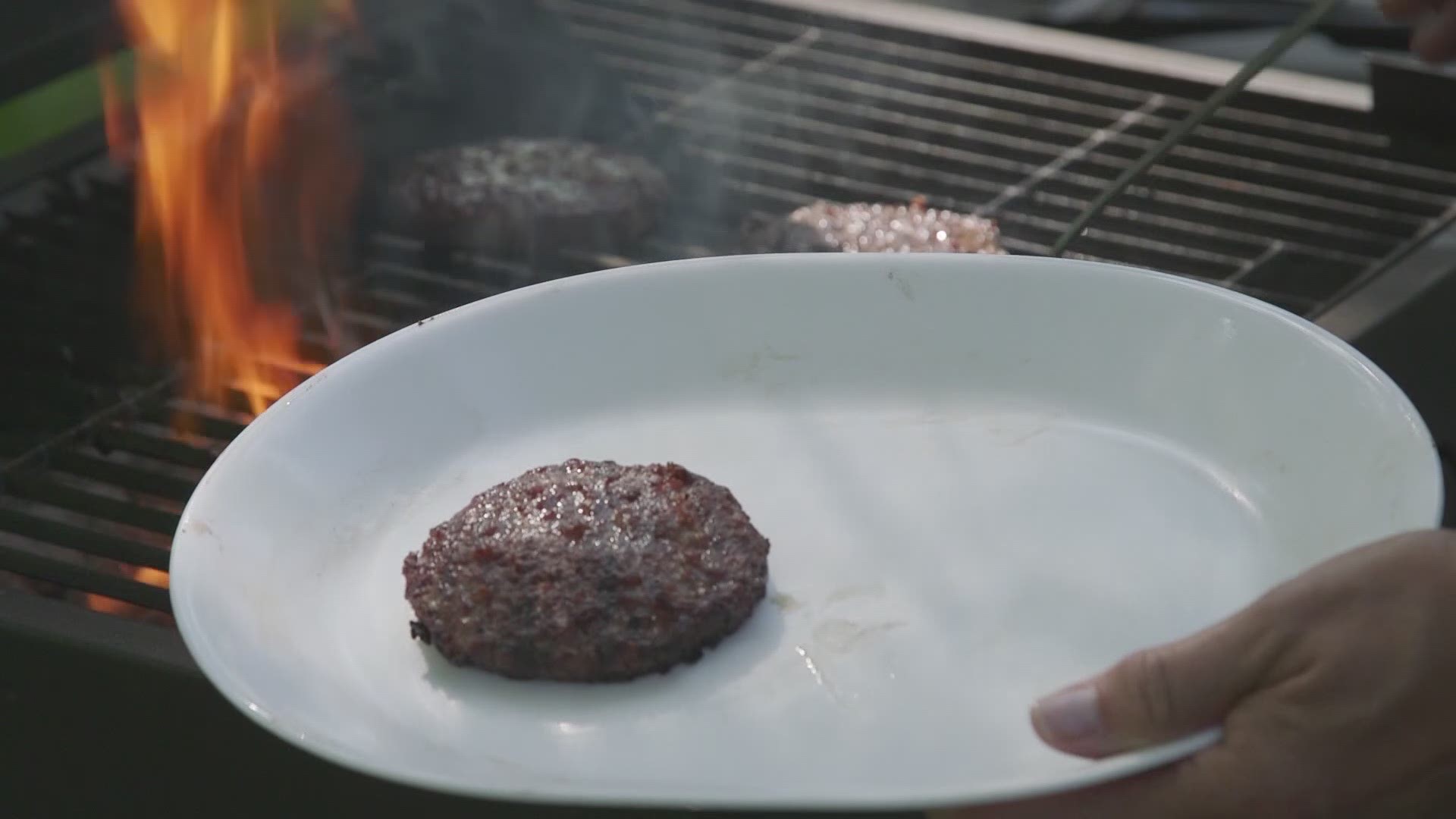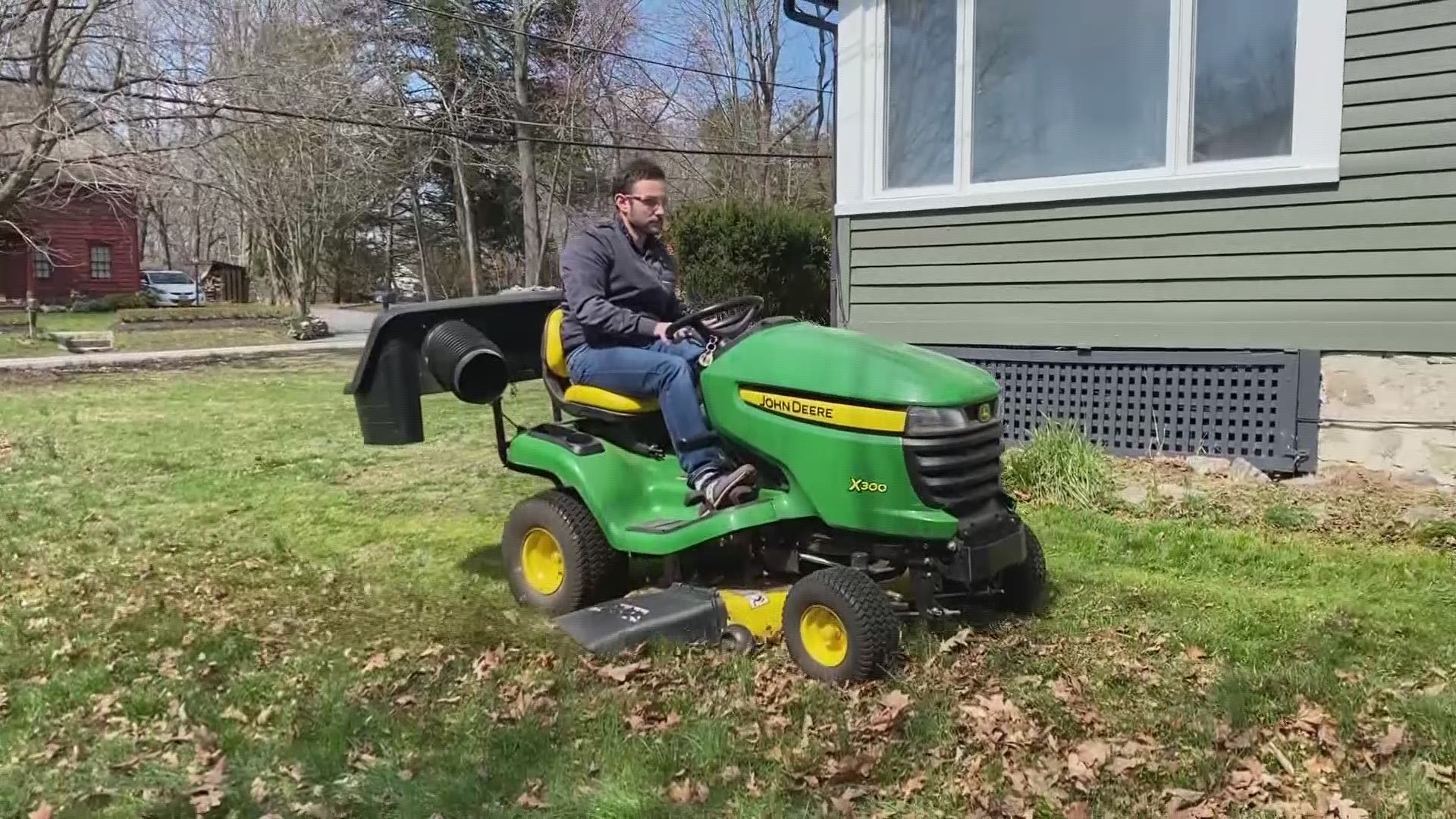ST. LOUIS — Spring and summer trips to the beach may be few and far between during the coronavirus pandemic. But we’ll probably still spend some time in the sun, which means we’ll need a good sunscreen for protection from its harmful rays.
Consumer Reports just finished testing them, and the results show you don’t have to spend a lot of money to get a lot of UV protection.
You don't need to be on a beach to get burned. No matter where you are outside, you need to apply sunscreen to any exposed skin, even if it’s cloudy or not very hot.
You should even wear sunscreen indoors if you spend a lot of time sitting near a sunny window. Glass blocks the UV rays that cause sunburn, but it can let through some of the UV rays that are primarily responsible for wrinkles and skin cancer.
In CR testing, sunscreen is applied to subjects’ backs, then they soak in a tub for 40 or 80 minutes, depending on the product’s water-resistance claim. The area is then exposed to simulated sunlight. The next day, trained experts examine it for redness.
Two top performers are also CR Best Buys: Trader Joe’s Spray SPF 50+ and Coppertone Ultra Guard Lotion SPF 70.
It’s important to note that all of CR’s top-rated sunscreens contain an ingredient called oxybenzone, which is a very effective UV filter.
There’s concern about oxybenzone because there’s some evidence that it’s absorbed through the skin more than previously thought. That doesn’t necessarily mean it’s unsafe, but the American Academy of Pediatrics suggests that parents may want to use an oxybenzone-free sunscreen on their kids.
Hawaiian Tropic Sheer Touch Ultra Radiance Lotion SPF 50 and Hawaiian Tropic Silk Hydration Weightless Lotion SPF 30 were the highest-scoring oxybenzone-free sunscreens in CR's tests. Although not at the top of the ratings, they're still highly protective.
Consumer Reports also recommends that parents choose lotion sunscreens for kids and use sprays only as a last resort, because kids may inhale the spray, which could cause lung irritation.
RELATED: Lawn and yard cleanup you can do now


